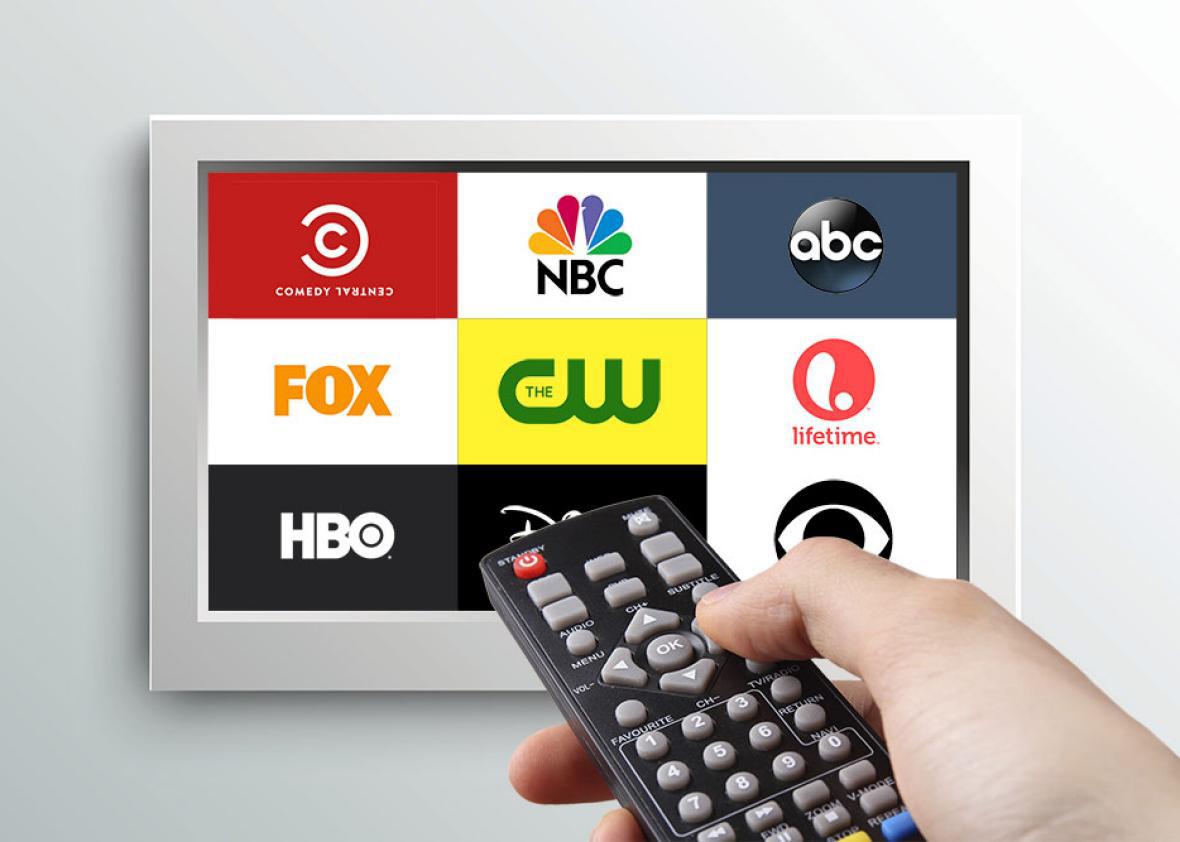The Ultimate Guide To Apollo Group Tv
The Ultimate Guide To Apollo Group Tv
Blog Article
Little Known Questions About Apollo Group Tv.
Table of ContentsFascination About Apollo Group TvSome Known Details About Apollo Group Tv About Apollo Group TvTop Guidelines Of Apollo Group Tv
In this circumstance, rather than having three-minute commercial areas throughout a 30-minute tv program, television shows may alter to one where a consumer will certainly be called for to have a monthly membership, to make sure that they cen sight targeted banner advertisements. This kind of marketing currently occurs on the internet, and the amount of data television business gather enables them to do similar.Describe the major trends among the broadcasting and cord networks. Popular radio shows such as police dramatization Dragnet and western cowboy collection Gunsmoke were adjusted for television, and new Television shows were sponsored by solitary marketers, simply as radio programs had been.
Today, the television industry is much more complex. Programs are sponsored by several advertisers; programs is regulated by significant media empires; and the three major networks no longer control the airwaves but instead share their visitors with many wire networks. Numerous aspects account for these fads within the sector, consisting of technical advancements, federal government laws, and the creation of brand-new networks.

Examine This Report on Apollo Group Tv
Also public tv has ended up being subject to the impact of marketing. Developed in 1969, (PBS) created out of a record by the Carnegie Payment on Educational Television, which checked out the duty of academic, noncommercial tv on culture. The record suggested that the government money public tv in order to provide diversity of programming during the network eraa service produced "not to sell items" but to "improve citizenship and civil service (McCauley, 2003)." Public tv was likewise planned to offer global accessibility to television for visitors in rural areas or visitors who might not manage to spend for private tv solutions.
The duration in between 1950 and 1970 is traditionally identified as the. Aside from a tiny portion of airtime managed by public television, the three significant networks (called the Big 3) controlled the tv industry, collectively representing more than 95 percent of prime-time viewing. In 1986, Rupert Murdoch, the head of international firm Information Corp, released the Fox network, testing the prominence of the Big 3.
Targeting young and minority target markets with shows such as Buffy the Vampire Slayer, Moesha, Dawson's Creek, and The Wayans Bros., the new networks wanted to draw terminals far from their old network affiliations. Instead than repeating the success of Fox, UPN and WB had a hard time to make an influence. Unable to draw in many affiliate stations, both fledgling networks reached less houses than their bigger opponents due to the fact that they were impossible in some smaller sized cities.
This choice led the way for the growth of cord motion picture channels, contributing to the rapid development of cord in the 1980s and 1990s. apollo group tv. More deregulation of wire in the 1984 Cord Communications Policy Act eliminated restrictions on cable prices, making it possible for drivers to charge what they desired for cord services as long as there worked competition to the solution (a requirement that over 90 percent of all cable television markets can fulfill)
Not known Facts About Apollo Group Tv

Having created the very first "superstation," Turner broadened his world by starting 24-hour information network CNN in 1980. At the end my explanation of the year, 28 nationwide shows solutions were available, and the cable revolution had begun. Over the next decade, the industry underwent a period of rapid growth and popularity, and by 1994 audiences might select from 94 fundamental and 20 premium cable television services.
Figure 9 - https://www.huntingnet.com/forum/members/apollogtv01.html.16 Boosted competition from cable television networks has actually caused a consistent decrease in the networks' target market ratings. During the 1950s, the expense of generating a solitary television show enhanced as programs came to be much longer and production expenses rose. Sponsorship on network television moved from single sponsorship, in which a program was totally sustained and produced by one advertiser, to multiple sponsorship, in which marketers acquired 1- or 2-minute places on the show
Each feedback should be a minimum of one paragraph. Choose one of the Big 4 networks and print out its once a week shows routine. Enjoy the network's prime-time programs throughout a week, keeping in mind the target group for each program. Observe the advertising sponsors that support each show and compare how the product or services fit with the desired target market.
More About Apollo Group Tv

Linear TV, frequently described as traditional program television, includes wire and satellite tv. It's called "linear" because web content follows a predetermined programming routine, unlike on-demand material which the private audience makes a decision to see based upon their very own choices and timetable. So, when you ask, "What is linear TV?", think about it as the classic way of viewing TV that has actually been around for years.
Report this page